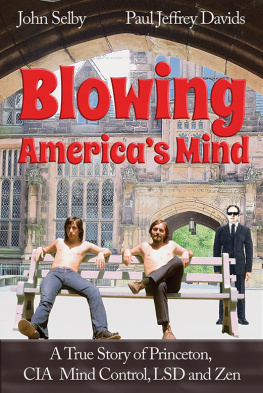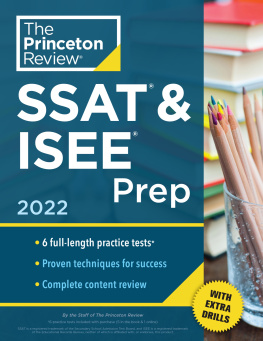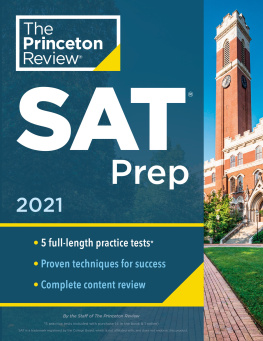John Selby - Blowing Americas Mind: A True Story of Princeton, CIA Mind Control, LSD and Zen
Here you can read online John Selby - Blowing Americas Mind: A True Story of Princeton, CIA Mind Control, LSD and Zen full text of the book (entire story) in english for free. Download pdf and epub, get meaning, cover and reviews about this ebook. year: 2017, publisher: Yellow Hat Productions Inc, genre: Detective and thriller. Description of the work, (preface) as well as reviews are available. Best literature library LitArk.com created for fans of good reading and offers a wide selection of genres:
Romance novel
Science fiction
Adventure
Detective
Science
History
Home and family
Prose
Art
Politics
Computer
Non-fiction
Religion
Business
Children
Humor
Choose a favorite category and find really read worthwhile books. Enjoy immersion in the world of imagination, feel the emotions of the characters or learn something new for yourself, make an fascinating discovery.
- Book:Blowing Americas Mind: A True Story of Princeton, CIA Mind Control, LSD and Zen
- Author:
- Publisher:Yellow Hat Productions Inc
- Genre:
- Year:2017
- Rating:4 / 5
- Favourites:Add to favourites
- Your mark:
Blowing Americas Mind: A True Story of Princeton, CIA Mind Control, LSD and Zen: summary, description and annotation
We offer to read an annotation, description, summary or preface (depends on what the author of the book "Blowing Americas Mind: A True Story of Princeton, CIA Mind Control, LSD and Zen" wrote himself). If you haven't found the necessary information about the book — write in the comments, we will try to find it.
Two well-known Princeton alumni at last reveal the true inside story of how they got caught up in and nearly done in by the CIAs LSD-laced deep hypnosis research while they were Princeton students in the late 1960s. Reminiscent in some respects of A Beautiful Mind, the Princeton setting and the artificial, hypnotically induced schizophrenic states for experimental psychological research are the basis for exploring the actual psychiatrists and psychologists involved as well as their student guinea pigs.
Princeton and the now-defunct New Jersey Neuro-Psychiatric Institute (NJNPI) were just two of 86 American institutions (incuding universities and hospitals) engaged in almost 150 top secret mind-control research projects funded by the CIA.
The authors worked at NJNPI in deep hypnosis research while attending the waning days of Princeton as an all-male university before Princeton went coed. This is also an intense love story reawakening the rebellious wild spirit of those early days of the Psychedelic Revolution.
The true story, which vivifies the beginning of the psychedelic era, unfolds as to how the authors naive and well-intentioned participation warped their intimate lives at a formative stage of their development and nearly cost them their personal identities.
John Selby: author's other books
Who wrote Blowing Americas Mind: A True Story of Princeton, CIA Mind Control, LSD and Zen? Find out the surname, the name of the author of the book and a list of all author's works by series.














